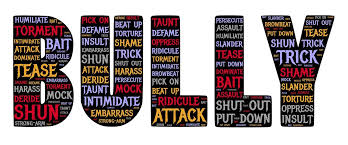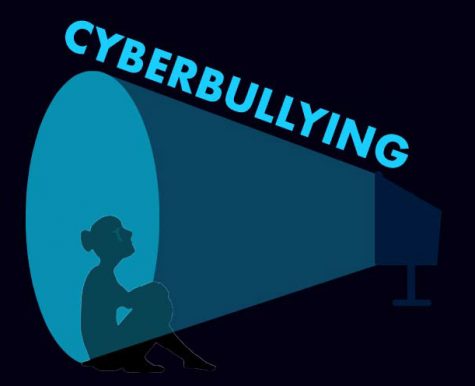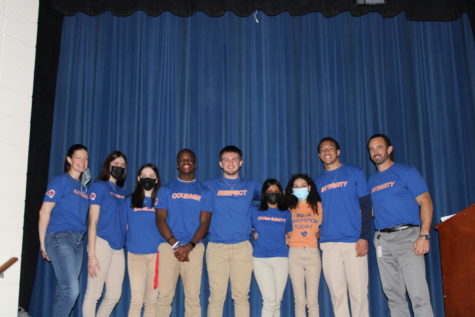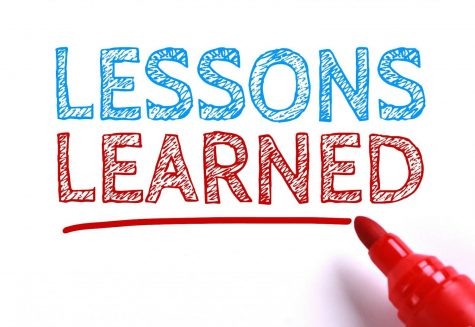The Silent Pandemic
Anti-Bullying Awareness Month
This month was Anti-Bullying Awareness Month. The event is a national effort to bring awareness and change to bullying in schools. Though it may seem as if the situation isn’t as dire as it is made to seem, bullying is more widespread in school systems than you may believe. One in five students are reported to be bullied. This statistic doesn’t account for the victims of cyber bullying or the victims who don’t speak out.
How Bullying Has Impacted the Youth
No matter your relationship with bullying, being an adolescent in today’s youth has put you at risk of the harmful effects of it. Victims of bullying have increased symptoms of depression, anxiety, and sleep disturbances. They also show decreased academic performance. Furthermore, a large occurrence of school shooters are students who were victims of bullying. 87% of school shootings are results of bullying. Bullies are more likely to abuse alcohol and drugs in their adult life. They are also more likely to abuse their significant others. Adolescents exposed to bullying at consistent rates are more likely to develop mental illnesses and to abuse drugs and alcohol. The deeper you research bullying and the facts behind it, the more overwhelming the data is. Children in all aspects of a bullying situation are negatively affected, causing more urgency surrounding the topic.
Social Media and Cyber Bullying
Although social media is widely popularized because of how easy communication can be, the feasibility of contact to others is also the prime reasoning for cyber bullying. It takes just seconds for someone to type out an aggressive text or a comment that starts a rumor. In fact, 37% of individuals will be cyber-bullied. With social media expanding and becoming more widespread, the effect of cyber-bullying will only increase. Like traditional bullying, cyber-bullying has detrimental effects on the mental health of the victims. The rates of anxiety, depression, and suicidal thoughts are higher in students who are cyber-bullied. For example, victims of cyber-bullying are over two times more likely to experience suicidal thoughts than victims of traditional bullying. As social media prospers, teens become more perceptible to the influence of the internet and the issue of cyber-bullying continues to effect the impressionable youth.
How has Media Brought Awareness?
Although social media has brought a rise in cyber bullying cases, it has also given people an outlet to spread positivity. Celebrities like Elon Musk and Lady Gaga have used their platforms to speak out about their experiences with bullying during their adolescent years. Other stars have used either fame to bring awareness and support to the cause. For instance, Selena Gomez has used her music to create songs like “Kill Em with Kindness” and her fame to be an executive producer on Netflix show 13 Reasons Why. Through outlets like the music industry and popularized streaming platforms, the media has created positive affects on the issue of bullying.
What Can You Do to End Bullying
The problem may seem larger than yourself, but there is power in numbers. Here what you can do to help:
1. Report bullying when you see it
2. Stand up for others
3. Don’t bully back
4. Spread positivity
5. Be the friend someone needs
If you or someone you know is experiencing bullying, tell a trusted adult. Remember that it does get better, and you matter. Don’t forget to check out Rampage’s video “LHS Against Bullying.”
For more information:
https://www.stopbullying.gov/bullying/effects
https://www.pacer.org/bullying/resources/stats.asp
https://www.counseling.org/docs/default-source/vistas/school-shootings-and-student-mental-health.p
https://www.ncbi.nlm.nih.gov/pmc/articles/PMC5455867/
https://brensimon.com/the-pay-it-forward-movement/
https://www.apa.org/topics/prevent-bullying

Q: How do you want others to see you?
A: I want others to see me authentically. I feel like I struggled for a long time to just me myself so now,...










